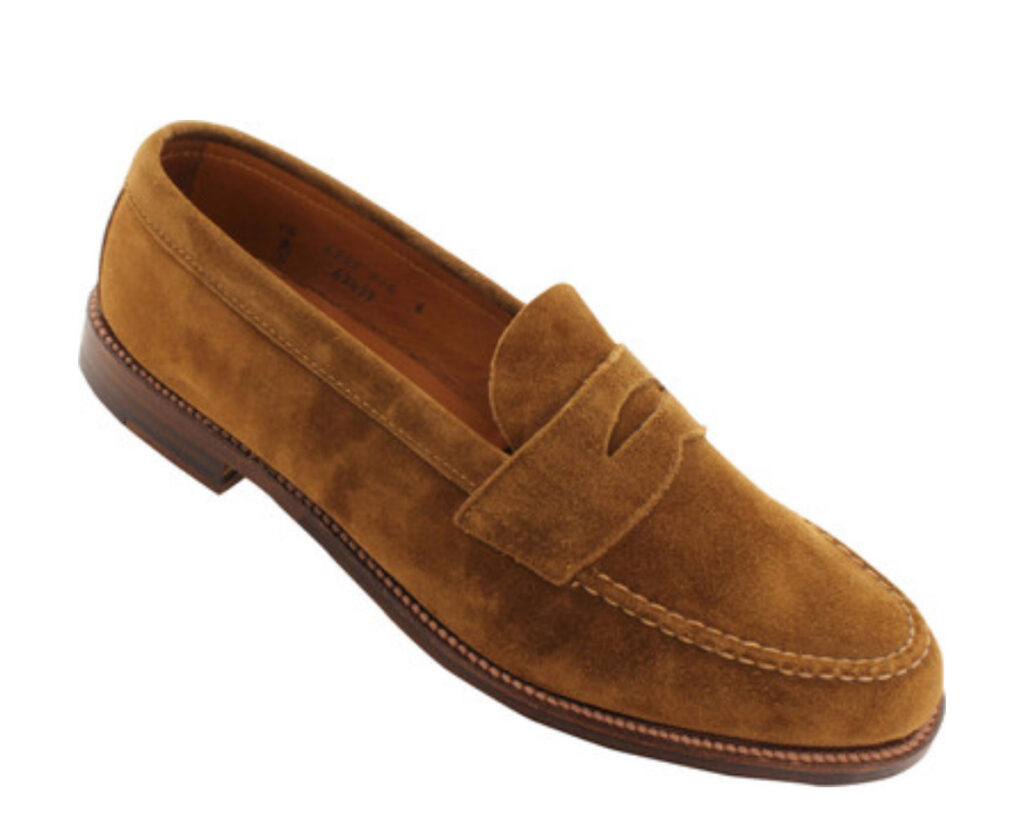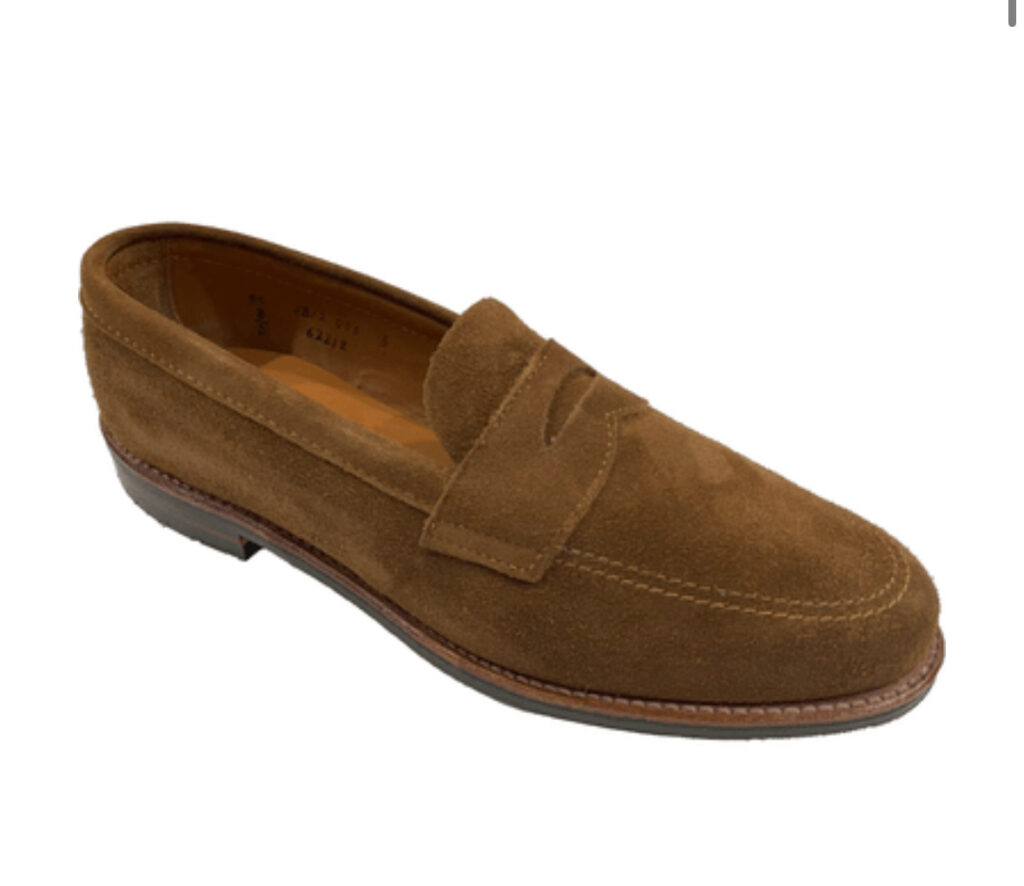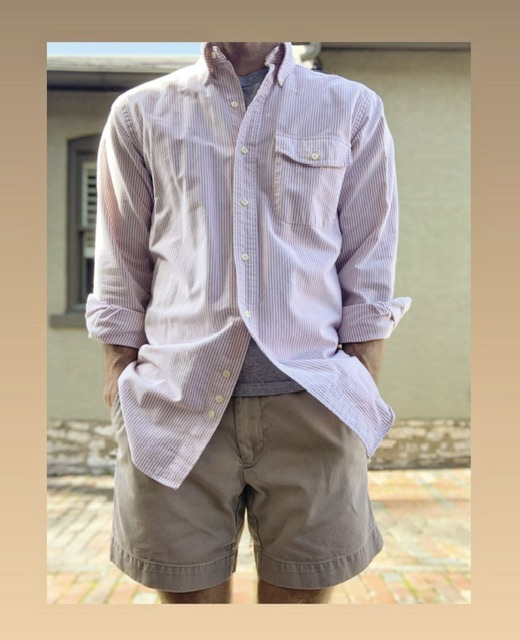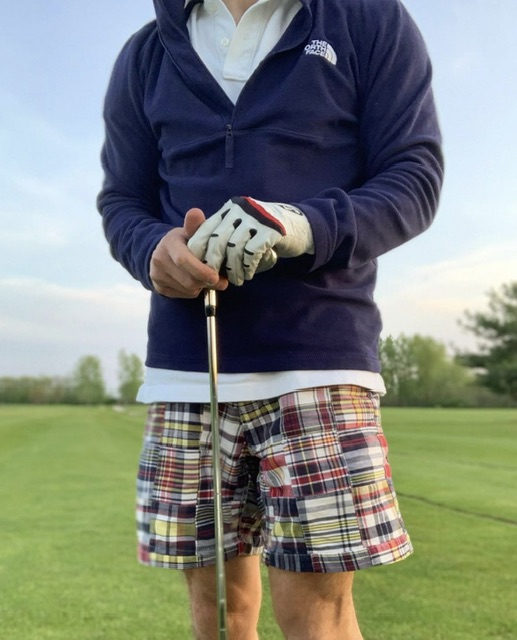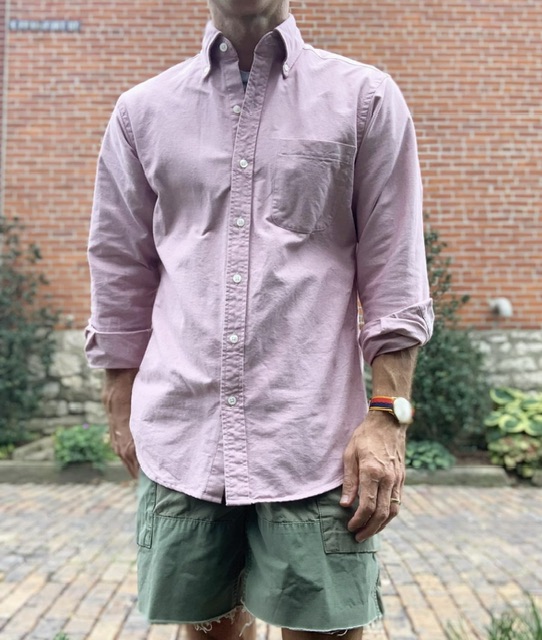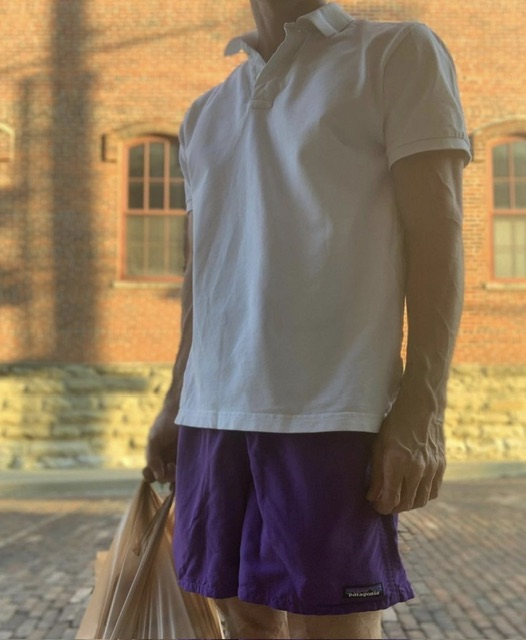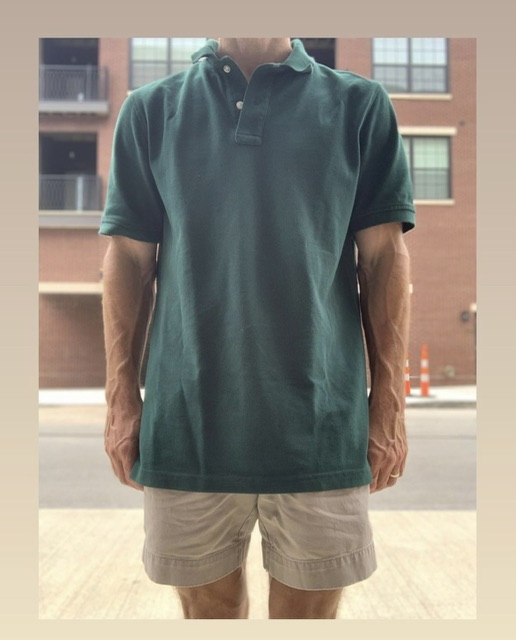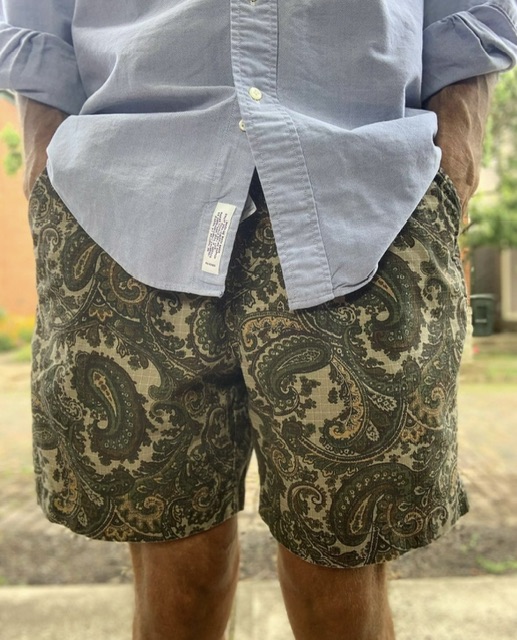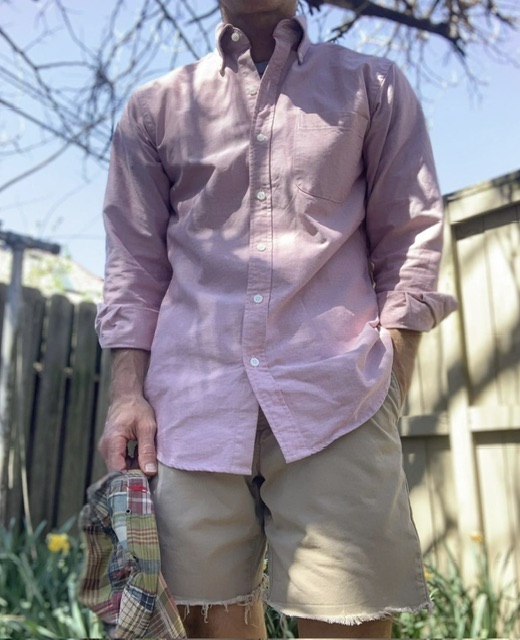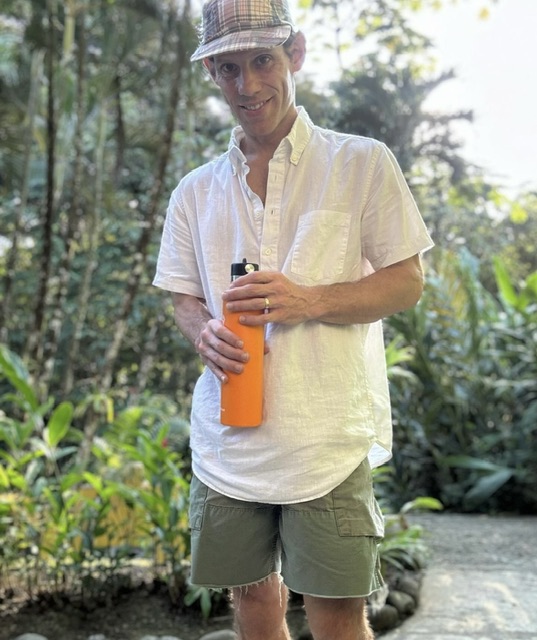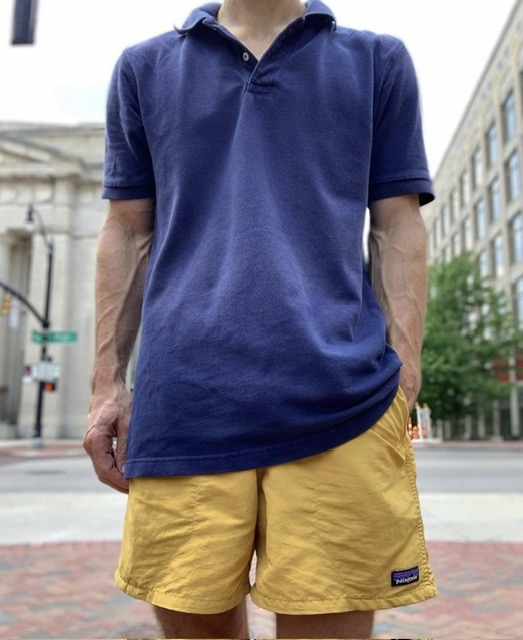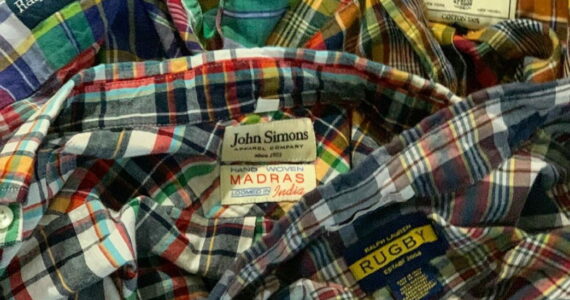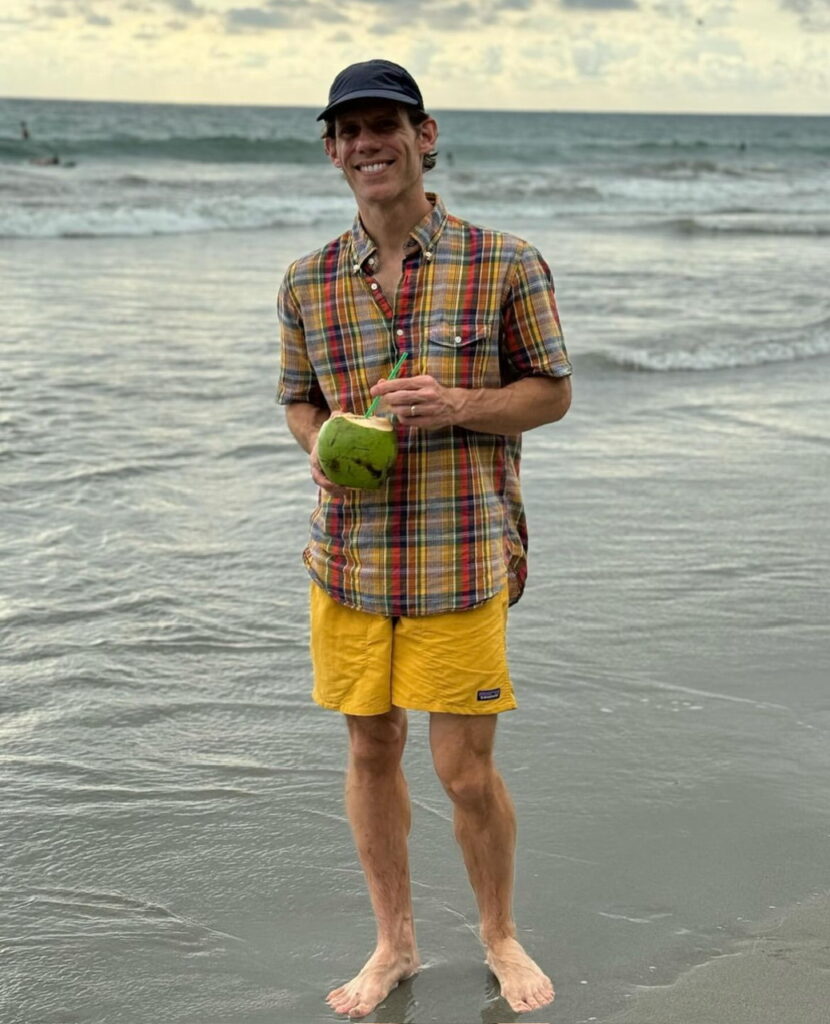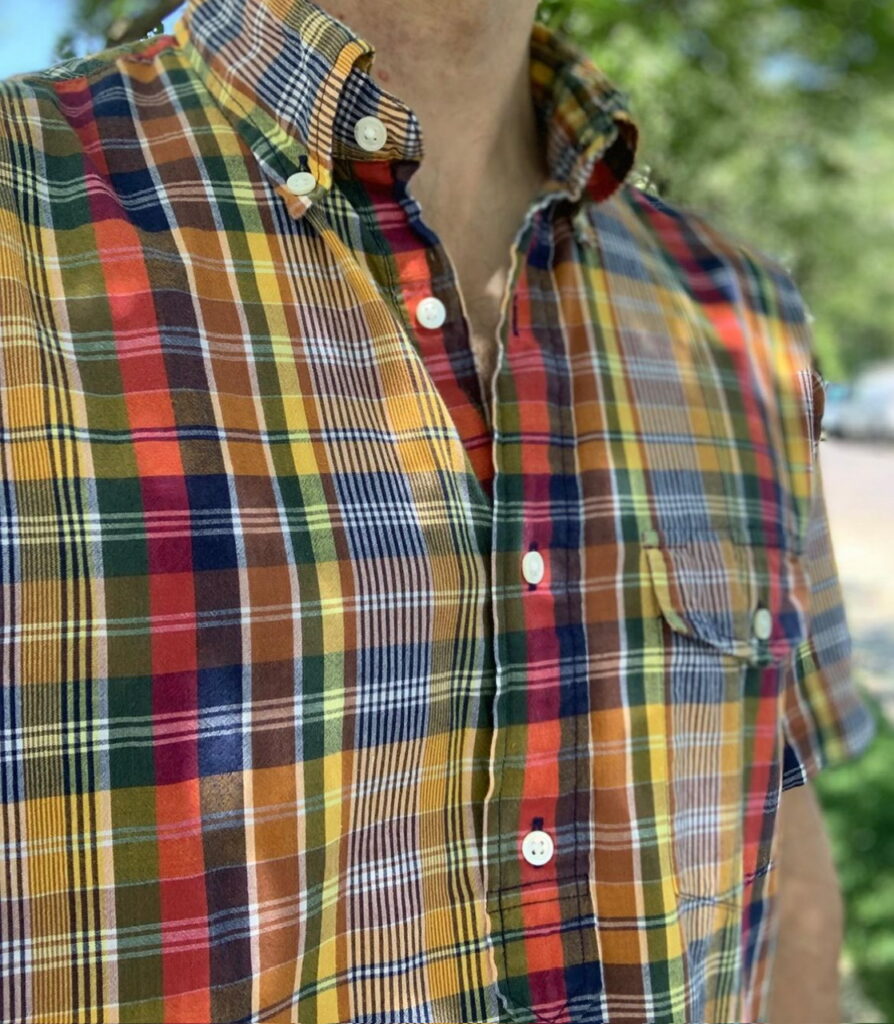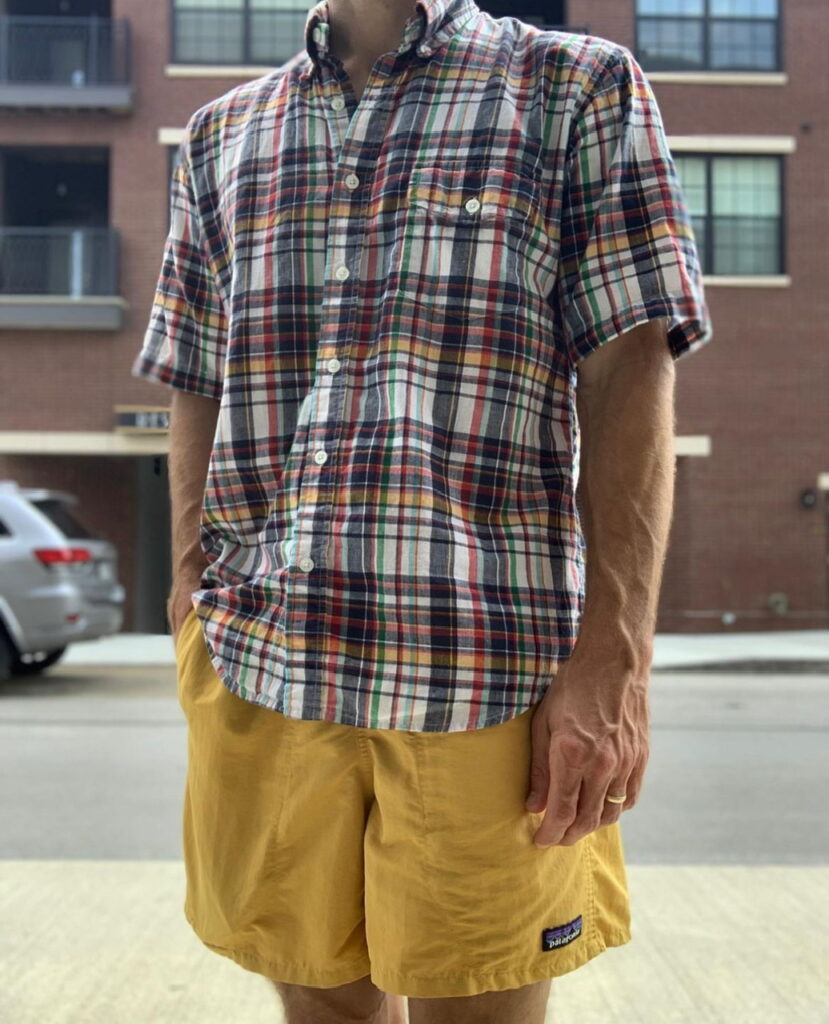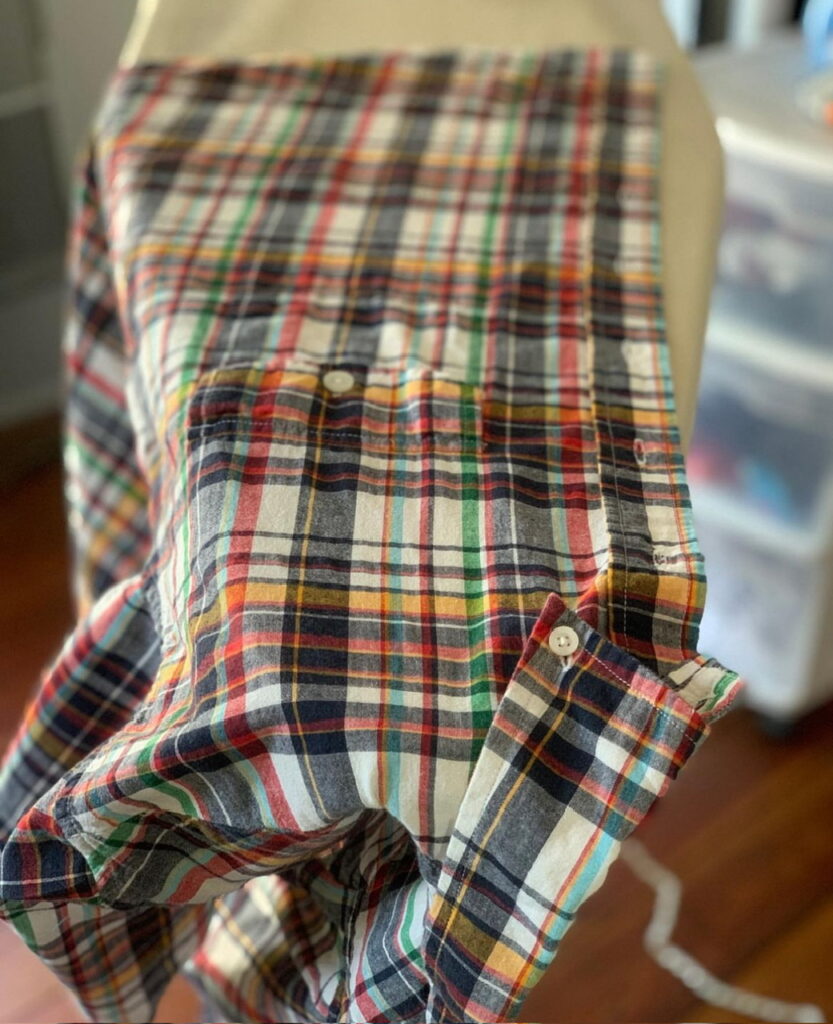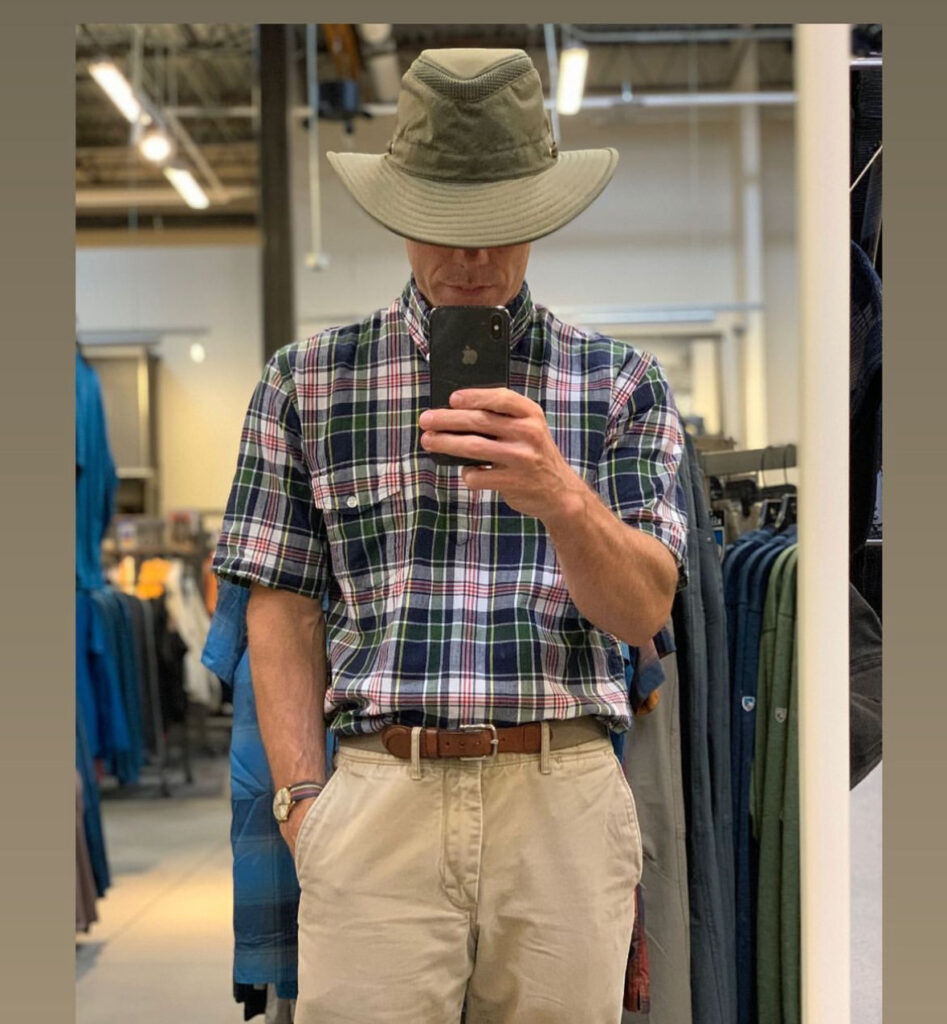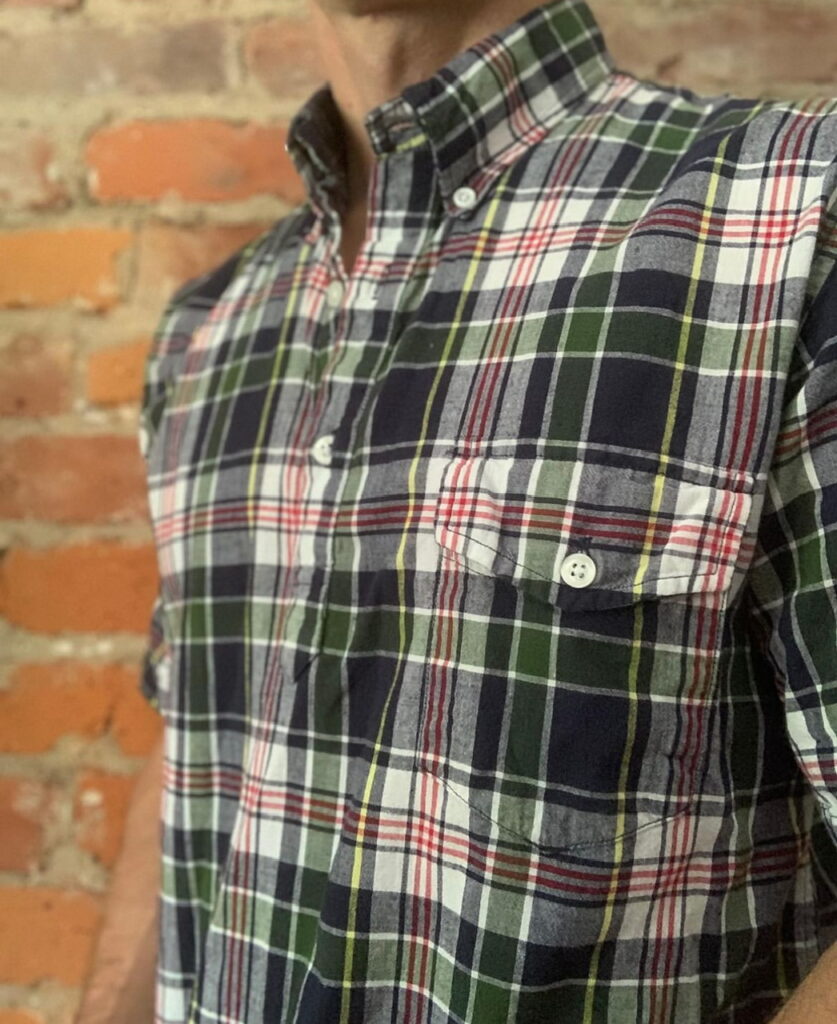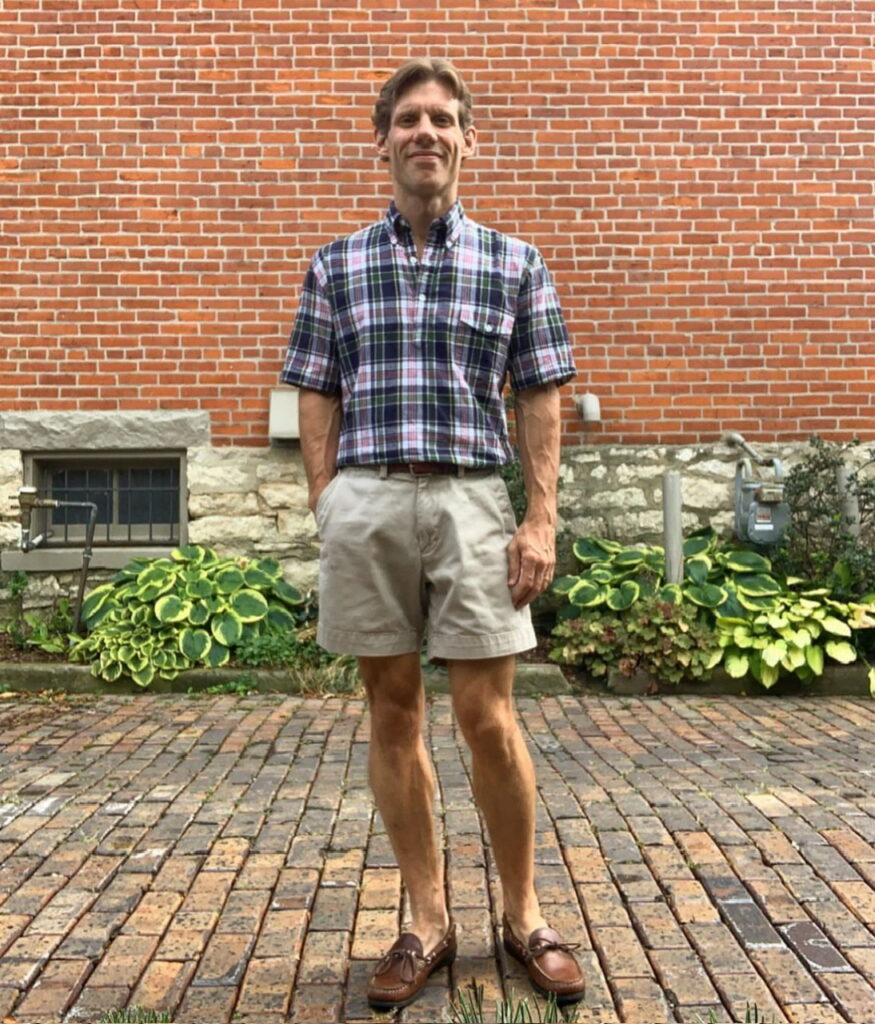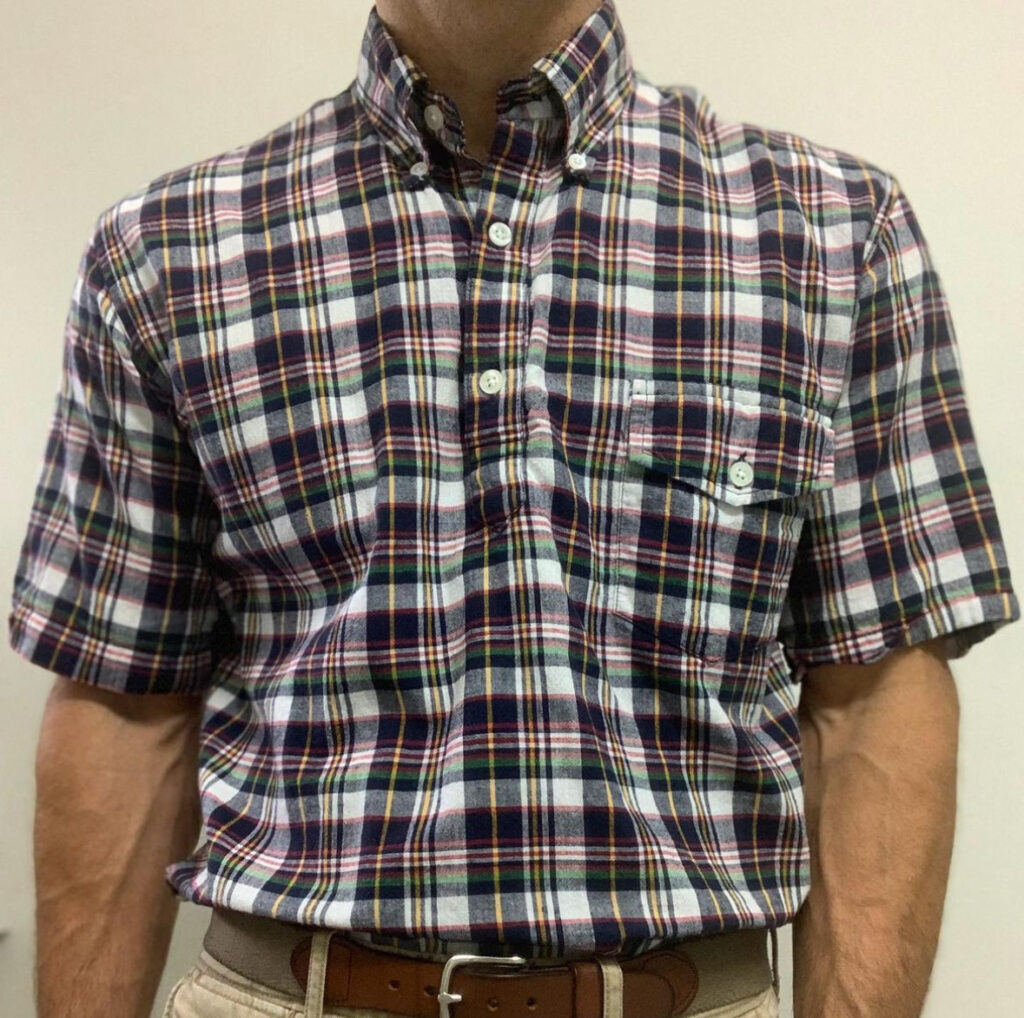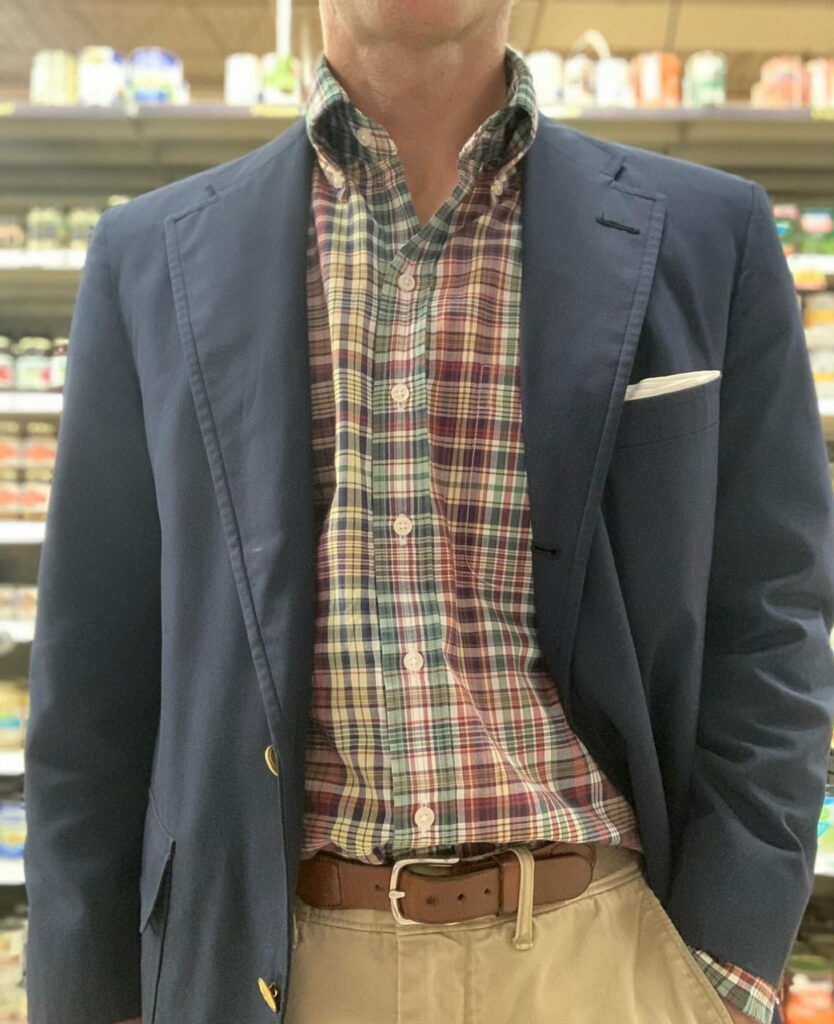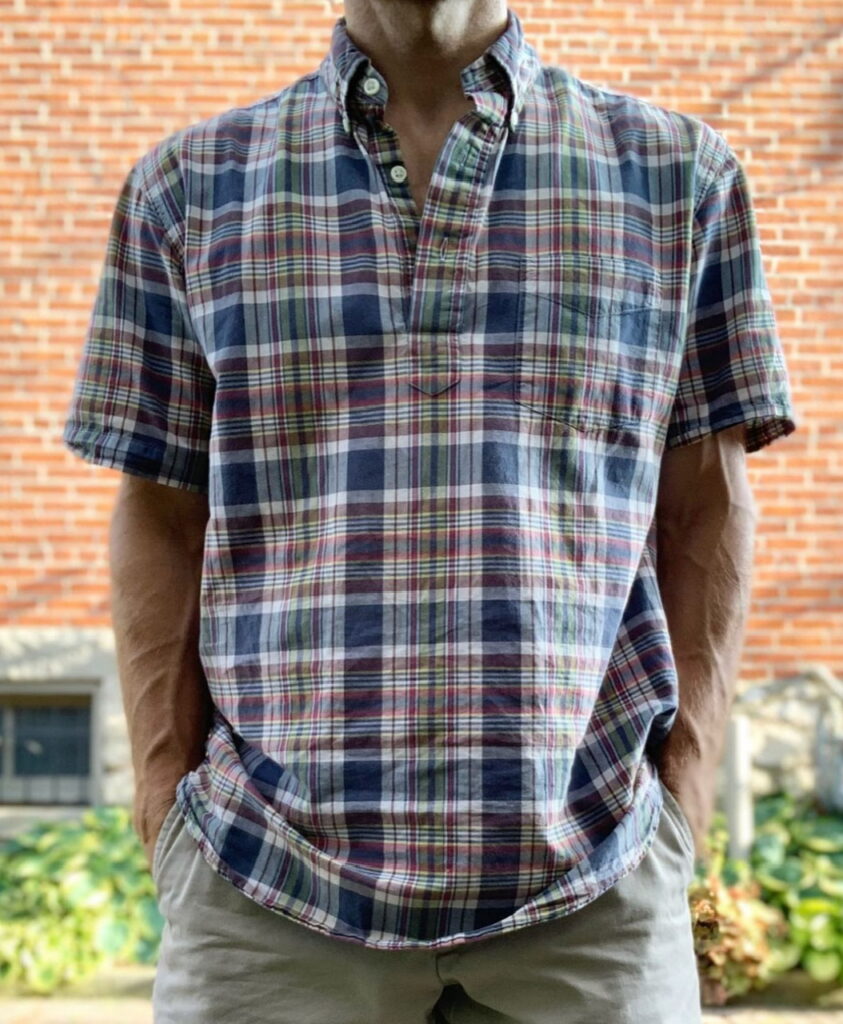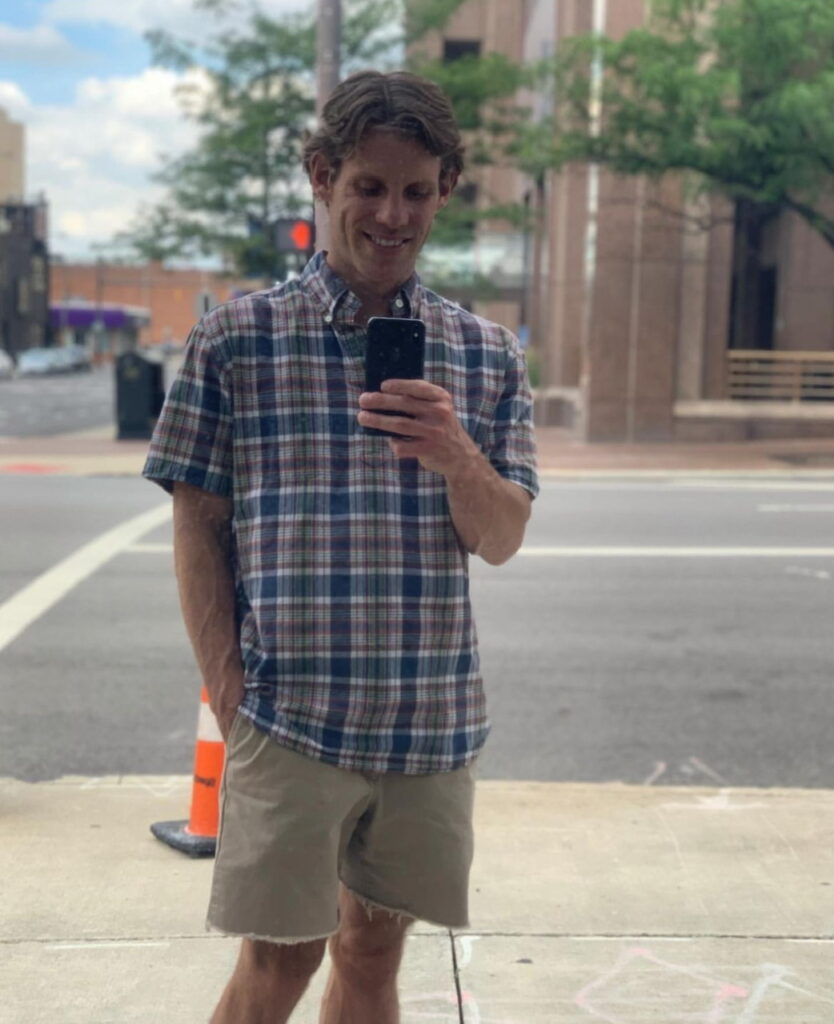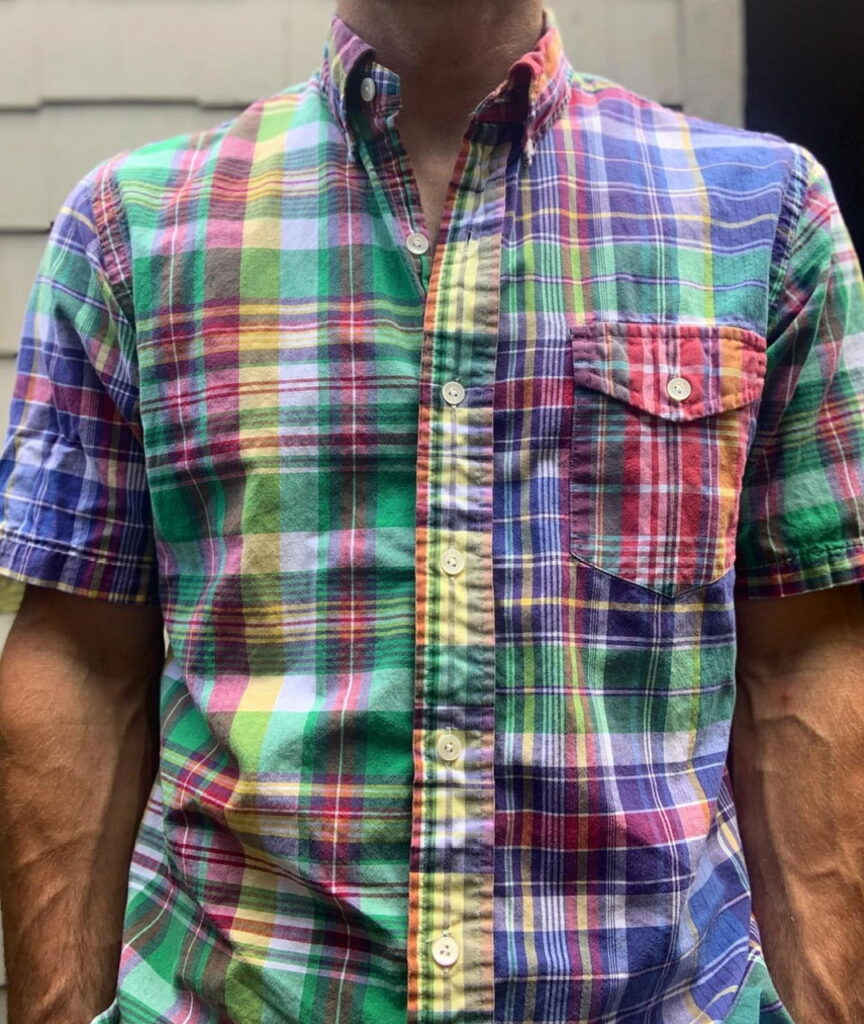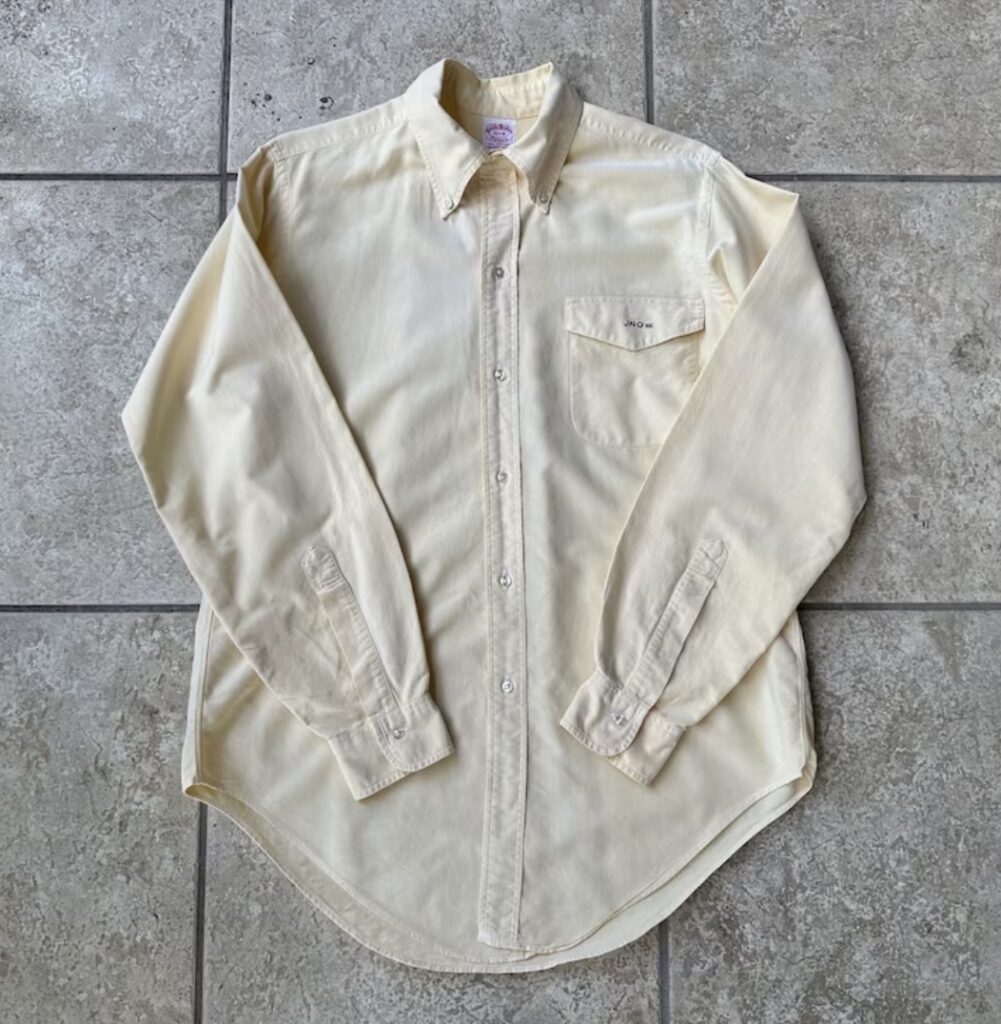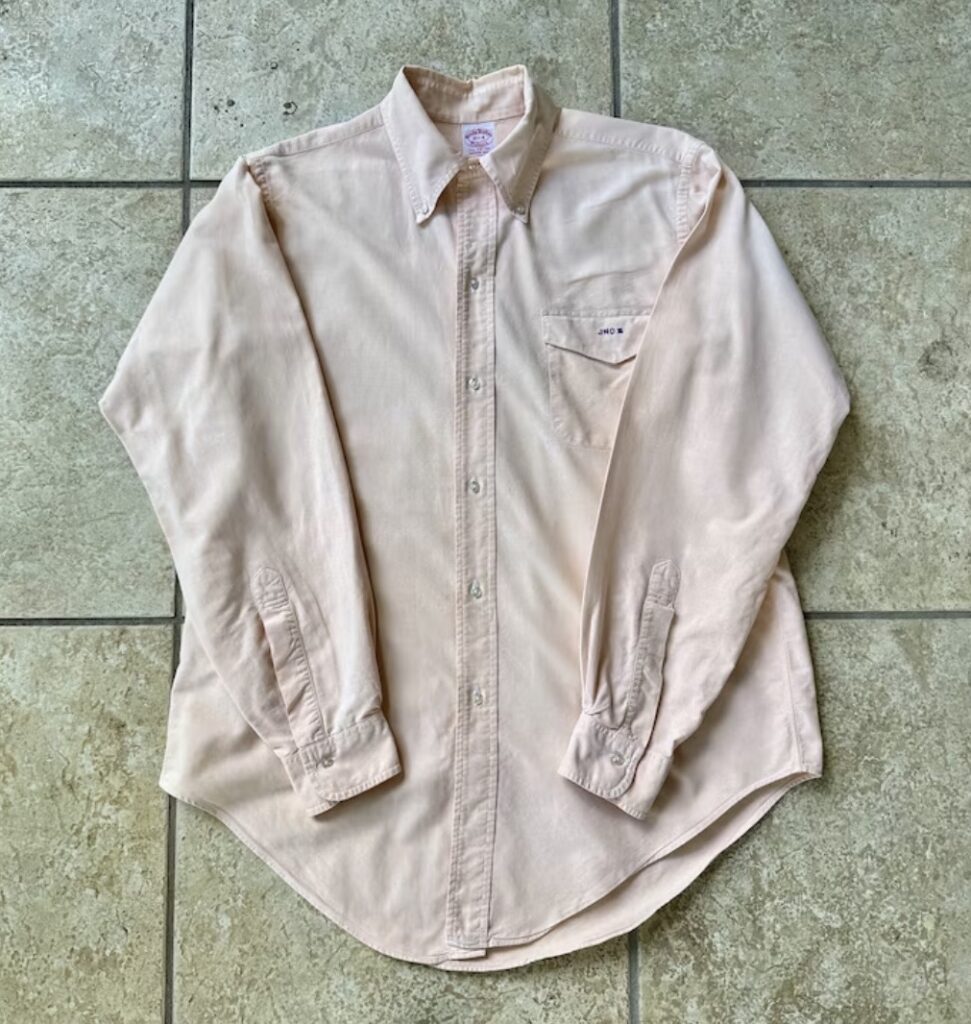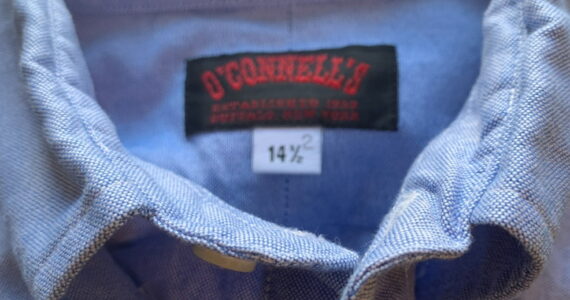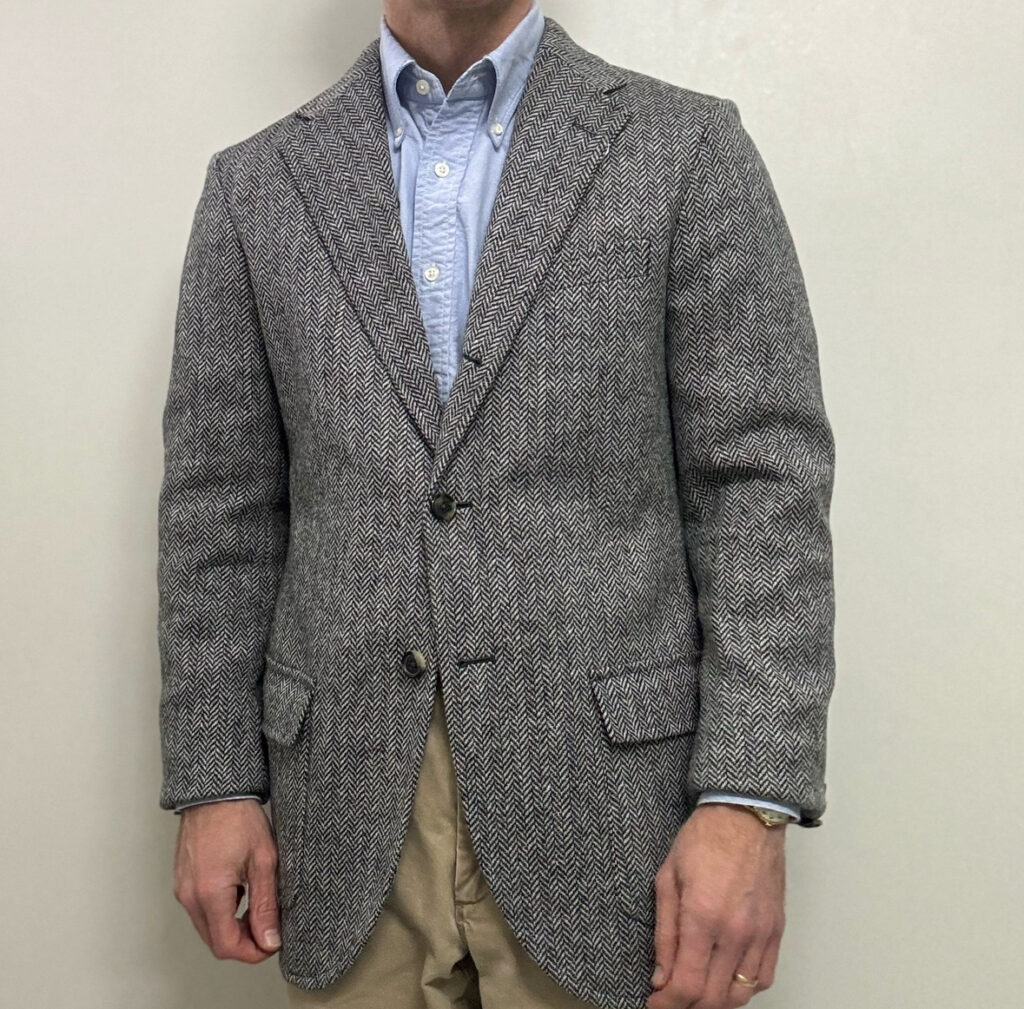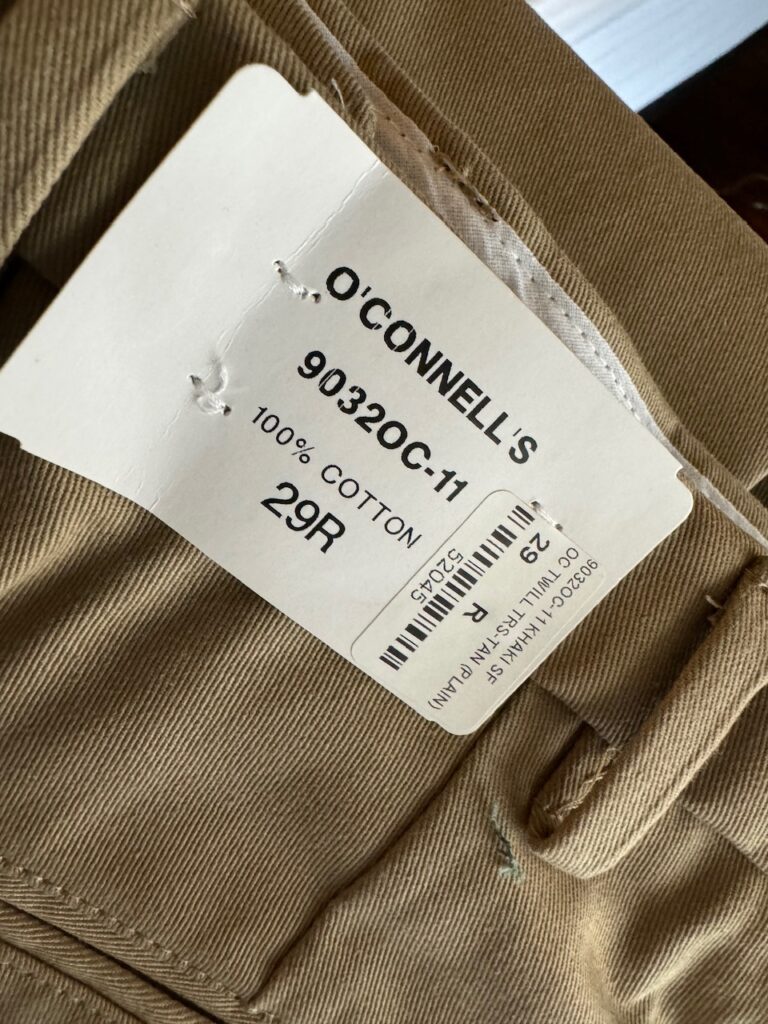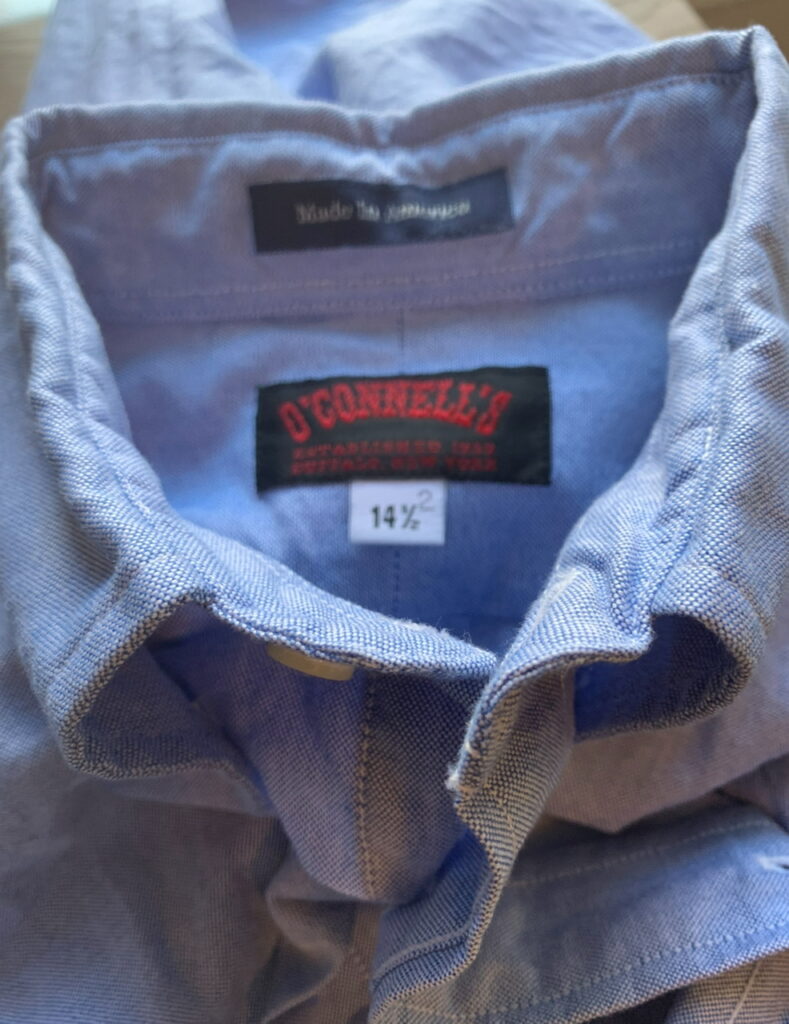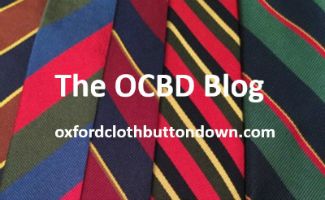The abbreviation LHS needs no explanation. It is the loafer for trads, but that may be changing. This isn’t because the much beloved shoe has stopped making unlined cordovan LHS for Brooks Brothers or due to the infamous Alden shoe scandal (see here). It is far more nuanced than that.
LHS stock seems to be dwindling if not disappearing. What has been replacing it is being termed the LMS by Alden enthusiasts. For those that don’t know LHS stands for leisure handsewn and that’s exactly what’s in question. The loafer that seems to be supplementing the LHS stock the LMS is not handsewn, but machine sewn. While this seems like a minor change and it is for most part, but us trads view change (at times even progress) as the enemy. The hand stitching that resulted in small bumps now looks flat, dressier, and kind of lifeless.
Why are they doing this? This part is easy to identify. It’s a people problem. The people with these skills are aging out of the workforce and finding people that have these skills is getting harder and harder. Alden is not alone here. It’s a systemic issue that stretches far beyond menswear sphere.
Alden isn’t trying to pull the wool over our eyes. These loafers do have their own model number. For example, the snuff suede pair LMS are 6221 vs the snuff suede LHS’s 6243. On the other hand I have noticed some shops like Shoe Mart to call them “Leisure Penny Loafer” which could lead to some confusion.
Now I am not one to spread FUD. This could easily be nothing more than a short term stop gap or even a new loafer model that will stick around and potentially grow on the trad community. Worst case scenario is that the LHS will slowly vanish from shelves never to return. If you are like me and don’t own a pair this could be our time strike armed with just enough FUD to justify a $600 loafer.
